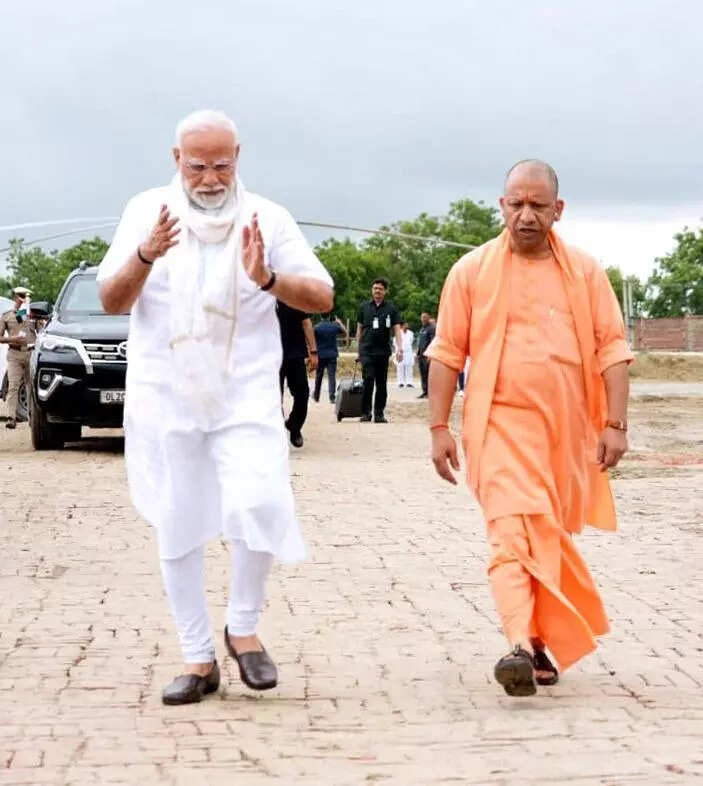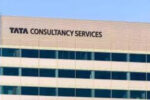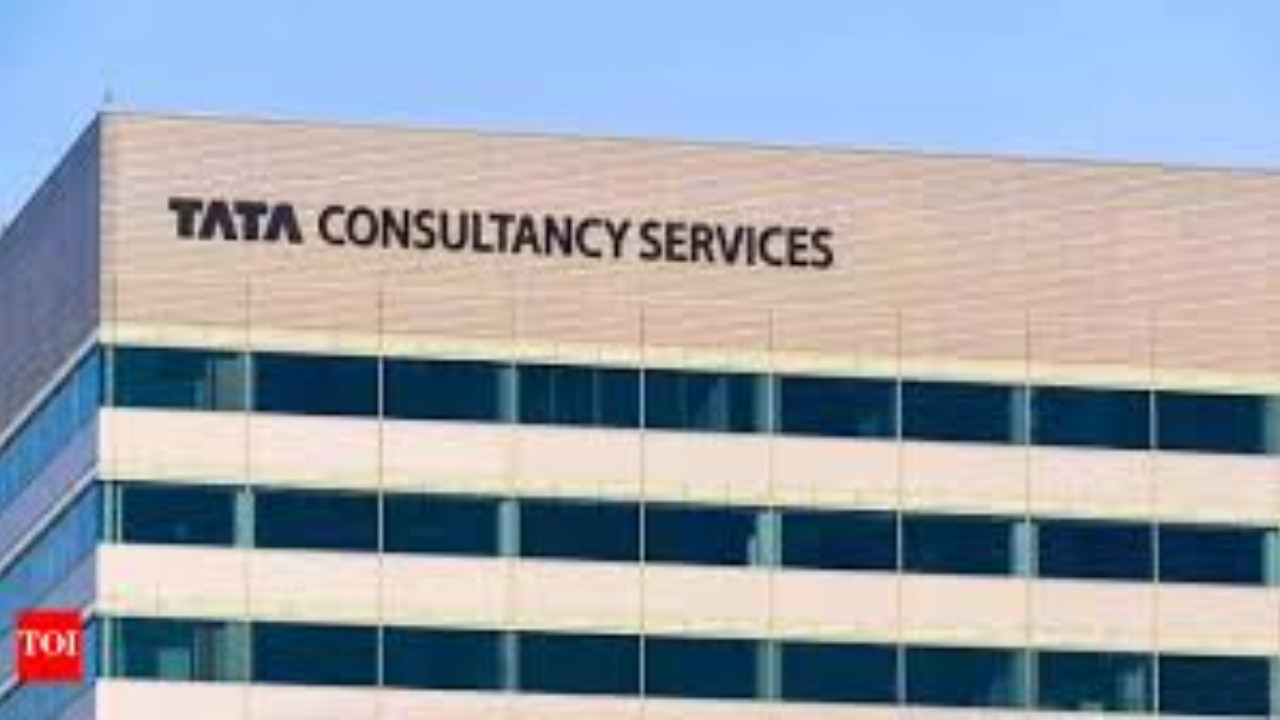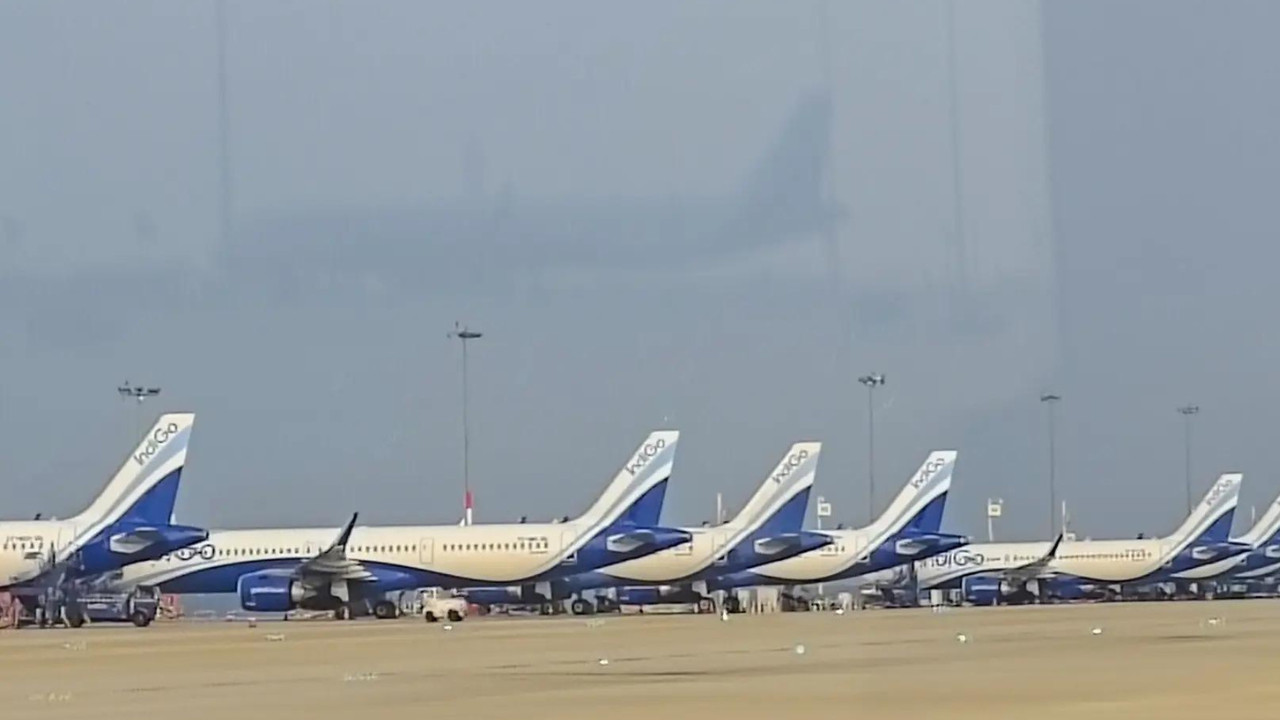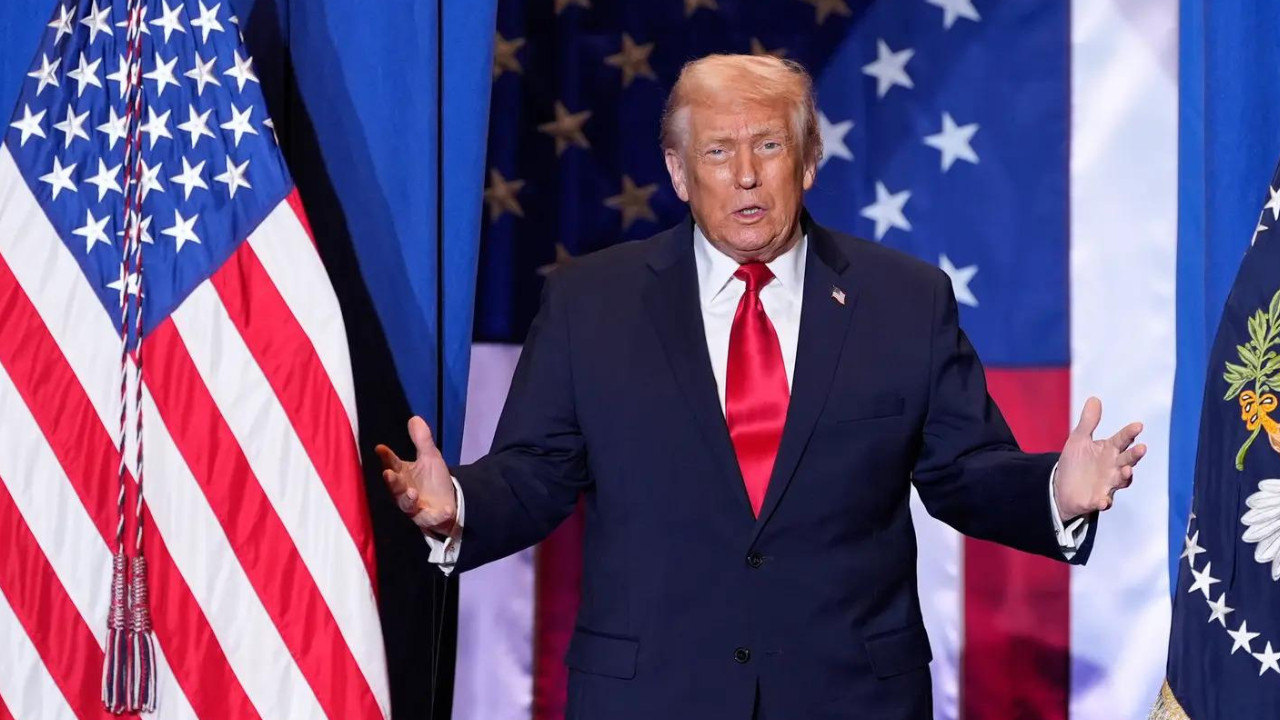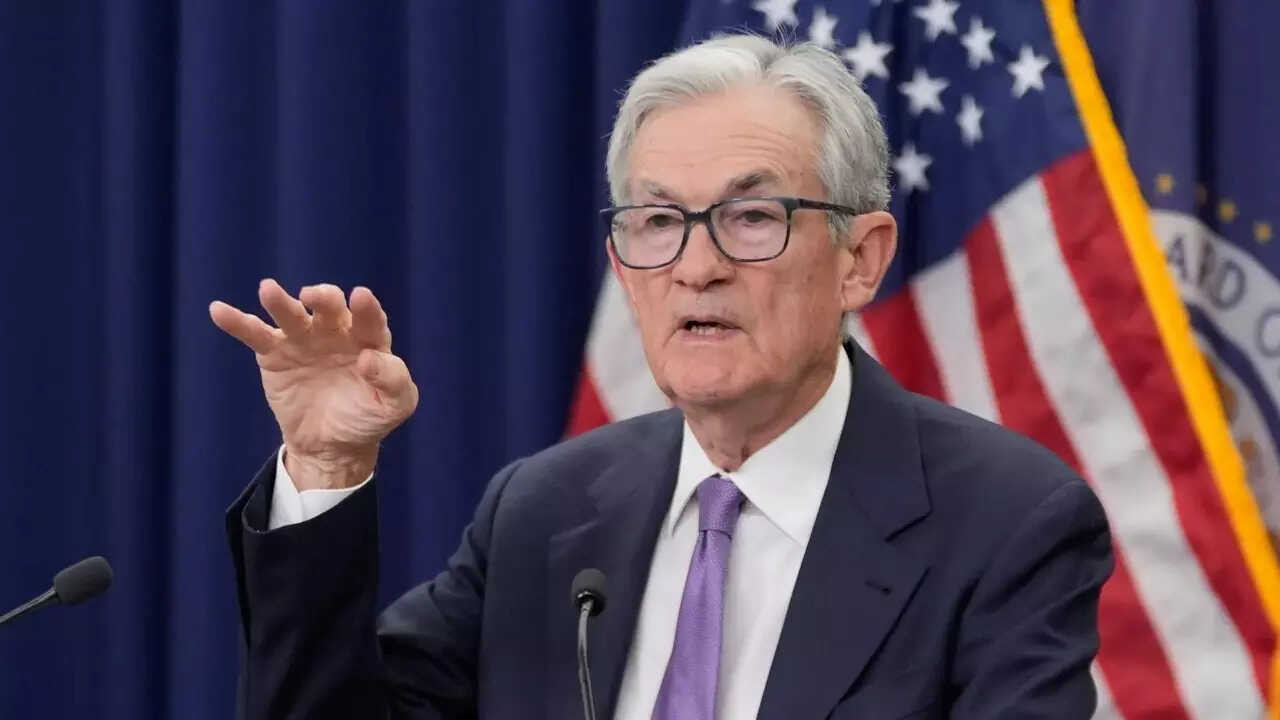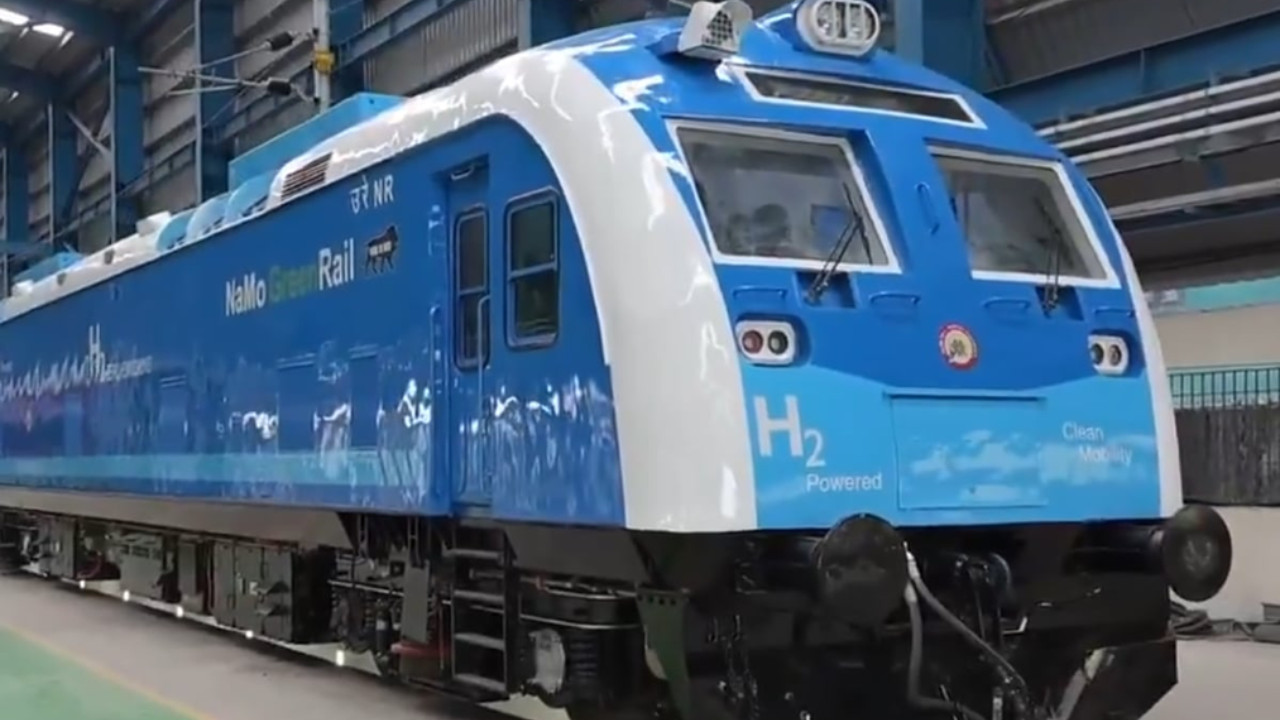Prime Minister Modi, addressing his constituency, emphasized prioritizing farmers’ welfare, small industries, and youth employment amid global economic instability. He urged citizens to embrace ‘swadeshi’ products and support local businesses, highlighting India’s economic resilience and commitment to its interests. Modi also transferred Rs 20,500 crore to farmers under the PM-KISAN scheme, reaffirming his government’s dedication to agriculture.
Navigating Trade Winds: Protecting India’s Growth Engines
Global trade can feel like navigating a turbulent sea. Just when you think you’ve charted a steady course, unexpected storms can brew. The recent rumblings of potential tariff hikes from the US have certainly sent ripples through international markets, and India is paying close attention. But amidst these global uncertainties, India’s Prime Minister has reiterated a commitment to safeguarding the nation’s crucial economic players: its farmers, its micro, small, and medium enterprises (MSMEs), and its ambitious youth.
The PM’s message resonated strongly at a recent rally, emphasizing the government’s unwavering support for these pillars of the Indian economy. He acknowledged the anxieties arising from potential trade barriers and clearly stated that protective measures would be implemented to shield these sectors from undue hardship. But what does this actually mean for the average farmer trying to make a living from the land, or the entrepreneur pouring their heart and soul into building a small business?
Supporting the Backbone: Farmers and MSME Growth
India’s agricultural sector is more than just a food provider; it’s a lifeline for a significant portion of the population. Protecting farmers from the fallout of international trade disputes is paramount. The PM alluded to potential government interventions, perhaps through subsidies, price support mechanisms, or even exploring alternative export markets to diversify trade relationships. The goal is clear: to ensure Indian farmers remain competitive and resilient in the face of external pressures.

Similarly, MSMEs are the engine of innovation and job creation, particularly in smaller towns and rural areas. These businesses, often family-run and deeply embedded in local communities, are incredibly vulnerable to shifts in global trade dynamics. The government recognizes this vulnerability and is signaling its intention to provide a safety net, potentially through financial assistance, streamlined regulations, or initiatives designed to boost domestic demand.
The underlying strategy seems to be twofold: bolster domestic strength and simultaneously explore avenues for diversifying India’s international trade portfolio. Relying too heavily on a single market leaves the nation vulnerable; a more diversified approach creates resilience and opens up new opportunities for growth.
Investing in the Future: Empowering India’s Youth
Beyond protecting current stakeholders, the PM’s address underscored a commitment to empowering India’s youth. This isn’t just about short-term solutions; it’s about building a sustainable future. Investing in education, skill development, and entrepreneurship programs are all key components of this strategy. By equipping young people with the tools and knowledge they need to succeed, India can harness its demographic dividend and become a global powerhouse.
The government is likely exploring policies that encourage innovation, foster a vibrant startup ecosystem, and create opportunities for young entrepreneurs to thrive. This could involve initiatives like tax breaks for startups, access to venture capital funding, and programs that connect young innovators with mentors and industry experts.
Beyond Protectionism: A Strategy for Sustainable MSME Growth
While the focus has been on shielding vulnerable sectors, the government is likely to adopt a more holistic strategy. Protectionist measures can provide short-term relief, but they aren’t a long-term solution. The real goal is to enhance the competitiveness of Indian businesses on the global stage. This requires a multi-pronged approach that addresses systemic challenges, such as improving infrastructure, reducing bureaucratic red tape, and promoting innovation.
The emphasis on protecting farmers, MSMEs, and youth isn’t about retreating from the world; it’s about building a stronger, more resilient India that can confidently navigate the complexities of the global economy. By empowering these key stakeholders, India can unlock its full potential and emerge as a leader in the 21st century. A critical component of this is the continued investment and strategic planning for MSME growth, ensuring these vital businesses are ready to face the challenges and opportunities ahead.
The coming months will be crucial. We’ll be watching closely to see how these commitments translate into concrete policies and actions, and how effectively they shield India’s economic engines from the changing trade winds. The key lies in finding the right balance between protecting vulnerable sectors and fostering long-term competitiveness, ensuring a prosperous and secure future for all Indians.
